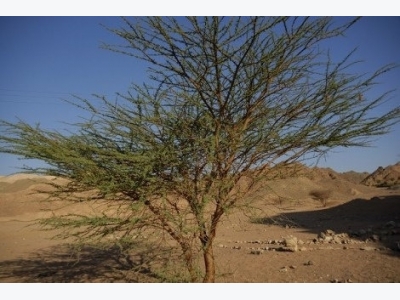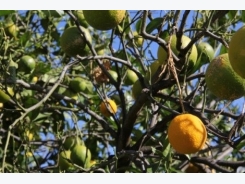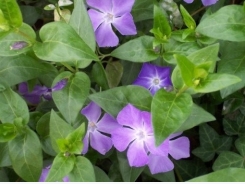How to Grow Acacia Tree

Native to subtropical regions throughout the world, the acacia trees grow in the harshest climates. Acacia trees (Acacia spp.) can be found in the African savannah, Arizona’s gullies and the plains of Australia-where they’re called wattles-as well as Hawaii and Central America.
The trees grow quickly to heights of 20 to 40 feet tall. Although there are over 80 species of acacia, each with slightly different characteristics; most have an evergreen, weeping form with slender, lancet leaves. Acacias are known for their puffball flowers of yellow or white which appear in clusters in spring. Watch out for the long thorns of the acacias, and even worse, the stinging ants that harvest the nectar from these thorns.
Acacia leaves are a favorite food for both giraffes and cattle. In the home landscape, acacias make pleasant shade trees. Use them as a specimen plant or plant them as a hedge to keep wildlife out of your yard. Don’t plant acacias near pools, though, or near play areas and walkways. They create some lawn litter and the thorns are inhospitable.
Acacia trees grow quickly and have a short life. Like most fast-growing trees, they have relatively shallow roots and brittle wood. The branches break easily in high winds and the trees sometimes even topple. Proper watering practices can minimize this risk.
Planting Acacia Trees
Acacia trees are hardy only in USDA plant hardiness zones 9 through 11. If you live in a hot climate, select a location that gets full sun for this tree. Acacia trees are tolerant of many soil types, but they grow best in a well-draining, sandy or gravelly soil. They can be planted from seed, but most people plant them from divisions or nursery transplants.
Plant the trees in fall or spring and water the soil once every week during the first growing season. Later, as the roots become established, the tree will only need watering once every three or four weeks during hot weather. Water the tree deeply and move the hose so it gets the entire area under the canopy of the tree. Trees that are watered lightly don’t develop deep roots and are more likely to topple over in high winds. Fertilize acacia trees in spring and mid-summer with ¼ cup 10-10-10 fertilizer.
Growing Acacia Trees
Acacia trees are, for the most part, low-maintenance trees. Prune them every year to remove dead or damaged wood. Cut any suckers back to the ground and remove branches that rub against each other. Regular pruning will minimize branch breakage and serious damage during windstorms.
The most serious disease to afflict acacia trees is anthracnose, which causes spots on the leaves and can eventually weaken or even kill the tree. Rake up leaf litter promptly and discard it. If anthracnose is a problem, spray the tree according to package directions with a fungicide labeled for treating anthracnose.
The most common insect pests to bother acacia trees include aphids, thrips and whiteflies. These insects have sucking mouth parts and cause damage by sucking the juices out of the stems and leaves. Most of the time, they’ll move on by their own doing. If damage is severe, spray the leaves of the tree with a steady stream of water to dislodge them. You can also spray acacia trees with horticultural oil to smother the insects. Large trees are difficult to treat with horticultural oil. Make applications on a cool, overcast day because the oil can burn the leaves if applied on a hot day.
Acacia trees are interesting simply because of their form and leaves, but they’re also used extensively as a food product and for their wood. Acacia wood is sometimes used for flooring and the oils in the tree have been used as flavoring in gum, mints, drinks and frozen desserts. The gum Arabic of the acacia is used to make glue and medicines.
Related news
Tools

Phối trộn thức ăn chăn nuôi

Pha dung dịch thủy canh

Định mức cho tôm ăn

Phối trộn phân bón NPK

Xác định tỷ lệ tôm sống

Chuyển đổi đơn vị phân bón

Xác định công suất sục khí

Chuyển đổi đơn vị tôm

Tính diện tích nhà kính

Tính thể tích ao



 How to Grow Queen Anne's Lace
How to Grow Queen Anne's Lace  How to Grow Periwinkle (Vinca)
How to Grow Periwinkle (Vinca)